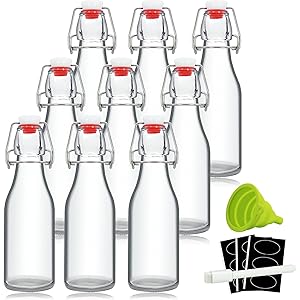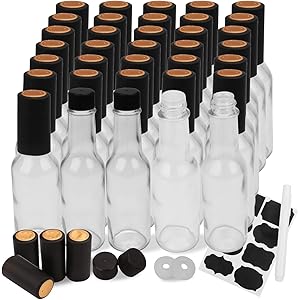Understanding Cold Brew
Cold brew coffee is a method of brewing coffee that involves steeping coarsely ground coffee beans in cold water for an extended period, typically 12 to 24 hours. This process results in a smooth, less acidic coffee concentrate that can be diluted with water or milk. The cold brewing technique has gained popularity due to its unique flavor profile and the ability to serve it over ice, making it a refreshing choice, especially during warmer months.
What is a Latte?
A latte is a popular espresso-based drink that combines espresso with steamed milk and a small amount of milk foam on top. The standard ratio for a latte is one part espresso to three parts steamed milk, creating a creamy texture and rich flavor. Lattes can be customized with flavored syrups, spices, or even alternative milk options, making them versatile and appealing to a wide range of coffee enthusiasts.
Cold Brew vs. Latte: The Flavor Profile
When comparing cold brew and latte, the flavor profiles differ significantly. Cold brew is known for its smooth, mellow taste with chocolatey undertones, while lattes offer a creamier experience due to the steamed milk. The espresso in a latte provides a bold coffee flavor that contrasts with the sweetness of the milk, whereas cold brew’s low acidity allows the natural flavors of the coffee beans to shine through without overwhelming bitterness.
Preparation Methods
The preparation methods for cold brew and lattes are distinct. Cold brew requires a long steeping time, where coffee grounds are immersed in cold water, while lattes are made using an espresso machine that brews coffee quickly under pressure. This difference in preparation not only affects the flavor but also the overall experience of enjoying each beverage. Cold brew can be made in large batches and stored in the refrigerator, while lattes are typically prepared fresh for each serving.
Serving Styles
Cold brew is often served over ice, making it a refreshing option for hot days. It can also be mixed with milk or flavored syrups to create variations like cold brew lattes. On the other hand, lattes are usually served hot, but iced lattes have become increasingly popular, especially during the summer months. Both drinks can be garnished with toppings such as whipped cream, cinnamon, or chocolate shavings, enhancing their visual appeal and flavor.
Get more content like this!
Sign up to receive updates and new terms first hand.
Health Benefits of Cold Brew
Cold brew coffee is often touted for its health benefits. The cold brewing process results in lower acidity, making it gentler on the stomach and teeth compared to traditional hot-brewed coffee. Additionally, cold brew retains more antioxidants, which can contribute to overall health. For those looking to reduce their caffeine intake, cold brew can be diluted with water or milk, allowing for a customizable caffeine level.
Health Benefits of Lattes
Lattes also offer health benefits, particularly when made with nutritious milk alternatives. The combination of espresso and milk provides a source of calcium and protein, which are essential for bone health and muscle function. Moreover, adding flavorings such as cinnamon can enhance the health benefits of lattes, as cinnamon is known for its anti-inflammatory properties and ability to regulate blood sugar levels.
Customization Options
Both cold brew and lattes offer extensive customization options. Cold brew can be flavored with various syrups, spices, or even blended with ice cream for a dessert-like treat. Lattes can be tailored with different types of milk, including almond, oat, or soy, and flavored with seasonal syrups like pumpkin spice or peppermint. This versatility allows coffee lovers to create their perfect drink, catering to personal preferences and dietary needs.
Popular Variations
In the realm of coffee beverages, there are numerous popular variations of both cold brew and lattes. Cold brew lattes, for instance, combine the smoothness of cold brew with the creaminess of milk, creating a delightful hybrid drink. Additionally, flavored lattes, such as vanilla or caramel, are favorites among coffee drinkers. Understanding these variations can help consumers explore new tastes and find their ideal coffee experience.
Conclusion: Choosing Between Cold Brew and Latte
Ultimately, the choice between cold brew and latte comes down to personal preference. Those who enjoy a smooth, less acidic coffee may gravitate towards cold brew, while those who prefer a creamier, richer flavor might opt for a latte. Both beverages have their unique characteristics and benefits, making them popular choices in the coffee world. Exploring both options can lead to discovering new favorites and expanding one’s coffee palate.




